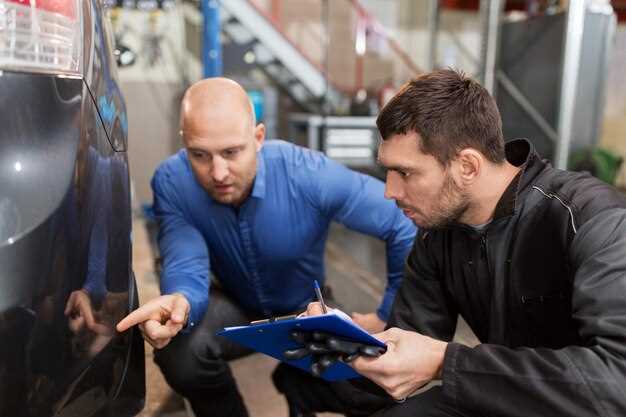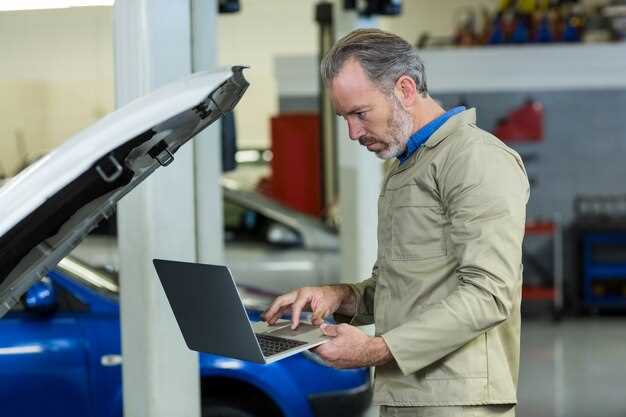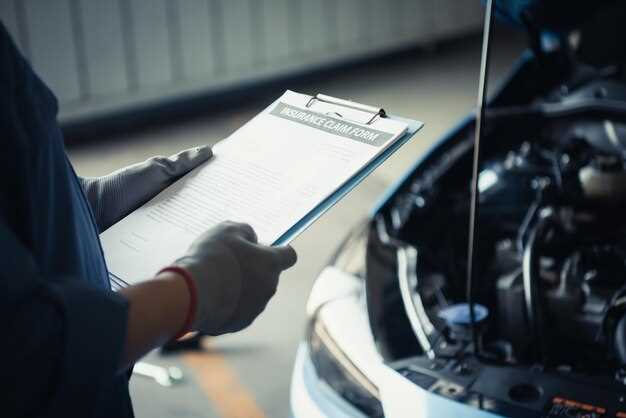
The automotive market is constantly evolving, with classic and vintage cars gaining significant attention from collectors and enthusiasts alike. One of the essential factors influencing the value of these vehicles is the quality of restoration undertaken. A well-executed restoration can transform a car and elevate its market standing, while poor workmanship can diminish its appeal and financial worth.
Evaluating the level of restoration involves considering various aspects, such as the originality of parts used, the quality of paintwork, and the overall craftsmanship. Each of these elements plays a critical role in how potential buyers perceive the car’s value. Collectors tend to prefer vehicles that maintain their factory specifications, as opposed to those with numerous aftermarket modifications.
Additionally, the influence of restoration quality extends beyond aesthetics. A detailed and careful restoration not only enhances a car’s exterior but also ensures its mechanical reliability. This combination of visual appeal and performance can significantly impact appraisal values, making it imperative for restorers to prioritize quality at every stage of the process.
Assessing Different Restoration Levels and Their Financial Implications

When it comes to car appraisal values, the quality of restoration plays a critical role in determining the financial implications for owners and potential buyers. Restoration levels can be categorized into several tiers, each affecting the overall value significantly.
Level One: Full Concours Restoration
This highest level of restoration aims for perfection, often returning the vehicle to its original factory condition. Cars restored to this level are appraised at premium prices, attracting serious collectors who value not just the car but its historical significance. The meticulous attention to detail and use of authentic parts can increase the appraised value by as much as 50% compared to a non-restored equivalent.
Level Two: High-Quality Restoration
This level encompasses thorough restoration, including cosmetic and mechanical upgrades. While the focus remains on originality, some modern enhancements may be integrated. Appraised values at this tier typically see a 30-40% increase over non-restored vehicles, appealing to enthusiasts who seek performance along with aesthetic appeal.
Level Three: Moderate Restoration
Moderate restorations address essential repairs and may include paintwork and interior refurbishments, but they often lack comprehensive mechanical overhauls. Vehicles in this category might see a modest increase in appraisal values, around 10-20%. Buyers may consider these cars a good starting point but might factor in additional costs for future work.
Level Four: Basic Restoration
This level entails essential repairs to make the car roadworthy, focusing more on functionality than aesthetics. Cars appraised under this category typically see little to no increase in value. The primary financial implication is the potential for increased demand from first-time buyers who are looking for affordable options.
In conclusion, the level of restoration directly correlates with the appraised value of a vehicle. Understanding these distinctions is crucial for both sellers and buyers in the marketplace, impacting not just the aesthetic appeal of a car but also its financial viability.
Key Factors Influencing Appraised Value Post-Restoration

The appraised value of a car following restoration hinges on several critical factors. One of the most significant elements is the quality of the restoration work itself. High-quality restoration that accurately reflects the original design and specifications of the vehicle tends to enhance its value substantially. Conversely, poor workmanship can result in a diminished appraised value, regardless of the car’s initial worth.
Another important factor is the provenance of the vehicle. Cars with an extensive history, including documentation of previous ownership and original parts, generally hold higher appraised values post-restoration. Restoration efforts that preserve and highlight a vehicle’s unique history often appeal to collectors and enthusiasts, driving up overall value.
The choice of materials used during the restoration process also plays a crucial role. Using OEM (Original Equipment Manufacturer) parts or high-quality aftermarket components can significantly affect the appraised value. For appraisers, ensuring that restorations adhere to the highest standards of quality and authenticity is paramount.
Market trends and demand can also influence appraised values significantly. Certain makes and models may see a surge in interest, which can lead to increased appraisal values following quality restorations. Understanding the current market landscape can help determine what restoration investments will yield the best returns.
Finally, the presence of modern upgrades or modifications can be a double-edged sword. While some enhancements may increase functionality or driving enjoyment, they can also detract from the vehicle’s originality. Balancing modernization with preservation is essential for maximizing appraised value after restoration.
Common Mistakes in Restoration That Affect Vehicle Valuation
Restoration of a vehicle is a meticulous process that greatly influences its overall value. However, several common mistakes can compromise the restoration quality and subsequently lower the appraisal value of the vehicle. Understanding these pitfalls is essential for anyone looking to maximize their investment in a restoration project.
One significant mistake is neglecting the importance of original parts. Using aftermarket or non-original components can significantly alter the authenticity of a vehicle, affecting its value to collectors and enthusiasts. When restoring a classic car, maintaining as much of the original structure and mechanics as possible will preserve its historical significance and increase its appraisal level.
Another common error is poor quality workmanship. Inexperienced or careless craftsmanship can lead to structural issues or cosmetic imperfections, ultimately diminishing a vehicle’s value. Whether it is improper bodywork, subpar paint application, or inadequate engine rebuilds, the attention to detail during restoration is crucial for achieving a high value and appraisal level.
Failing to document the restoration process is yet another mistake that can negatively impact vehicle value. Comprehensive documentation, including photographs, receipts, and descriptions of the work done, provides potential buyers with assurance and confidence in the restoration. A well-documented restoration can substantiate the level of work invested and enhance the vehicle’s resale potential.
Additionally, overlooking the importance of mechanical restoration can lead to future operational problems. A vehicle’s mechanics should be restored to ensure reliability, which is a crucial factor in determining its value. A vehicle that is visually appealing but mechanically unsound will ultimately be undervalued by appraisers.
Finally, disregarding market trends and buyer preferences can result in a misaligned restoration focus. Restorers who fail to research what specific features and modifications are desirable among potential buyers may end up with a car that has less value than anticipated. Keeping abreast of trends ensures that restorations meet the current market demands, which can significantly impact the appraisal level.
By avoiding these common mistakes, vehicle restorers can enhance the quality of their work and ensure that they achieve the best possible value for their restored automobiles. Attention to detail, adherence to original specifications, and a focus on current market preferences are key to maximizing the appraisal level of any restoration project.




